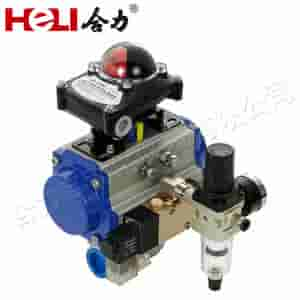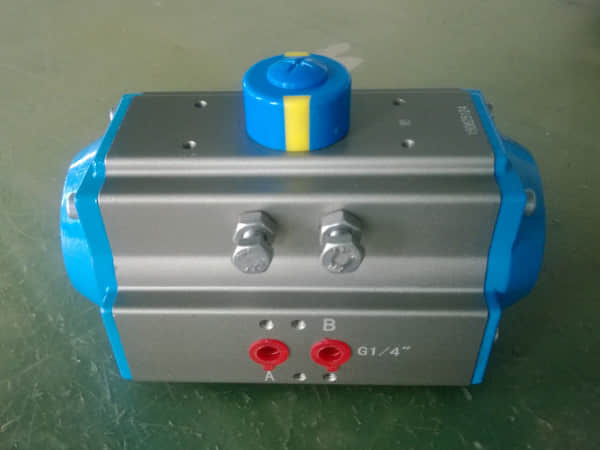understanding pneumatic actuators: principles, applications, and benefits
Release time:2024-12-09 16:21:14
Pneumatic actuators are essential components in many industrial processes, converting compressed air into mechanical energy to facilitate movement and control systems. This article delves into the principles, types, applications, and advantages of pneumatic actuators, highlighting their significance in modern automation and control systems.

Principles of Pneumatic Actuators

At their core, pneumatic actuators operate on the principle of converting compressed air energy into linear or rotary motion. The basic components of a pneumatic actuator include a cylinder, piston, and various control valves. When compressed air is introduced into the cylinder, it exerts pressure on the piston, causing it to move. This movement can be linear (in the case of a cylinder actuator) or rotary (as seen in rotary actuators).



